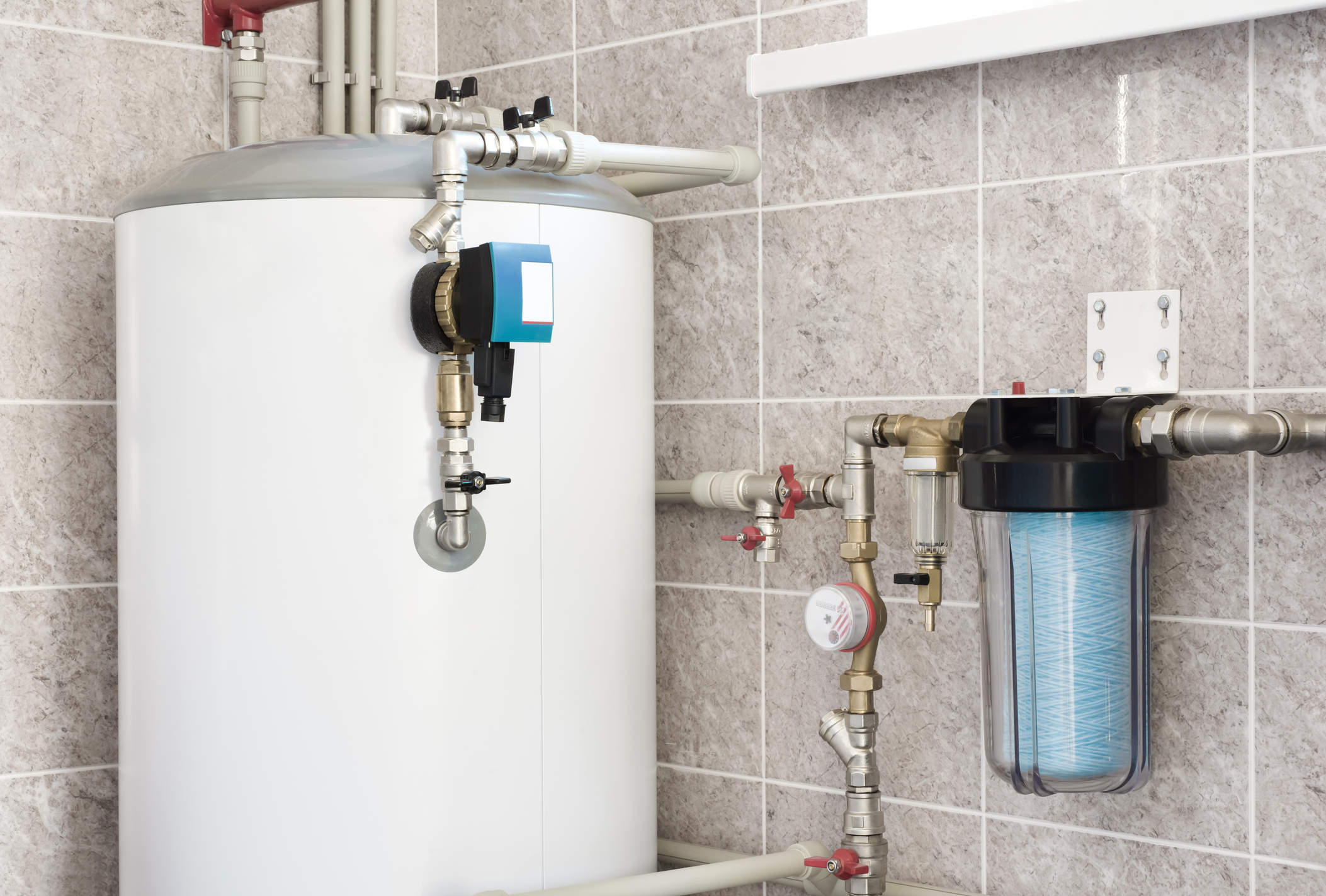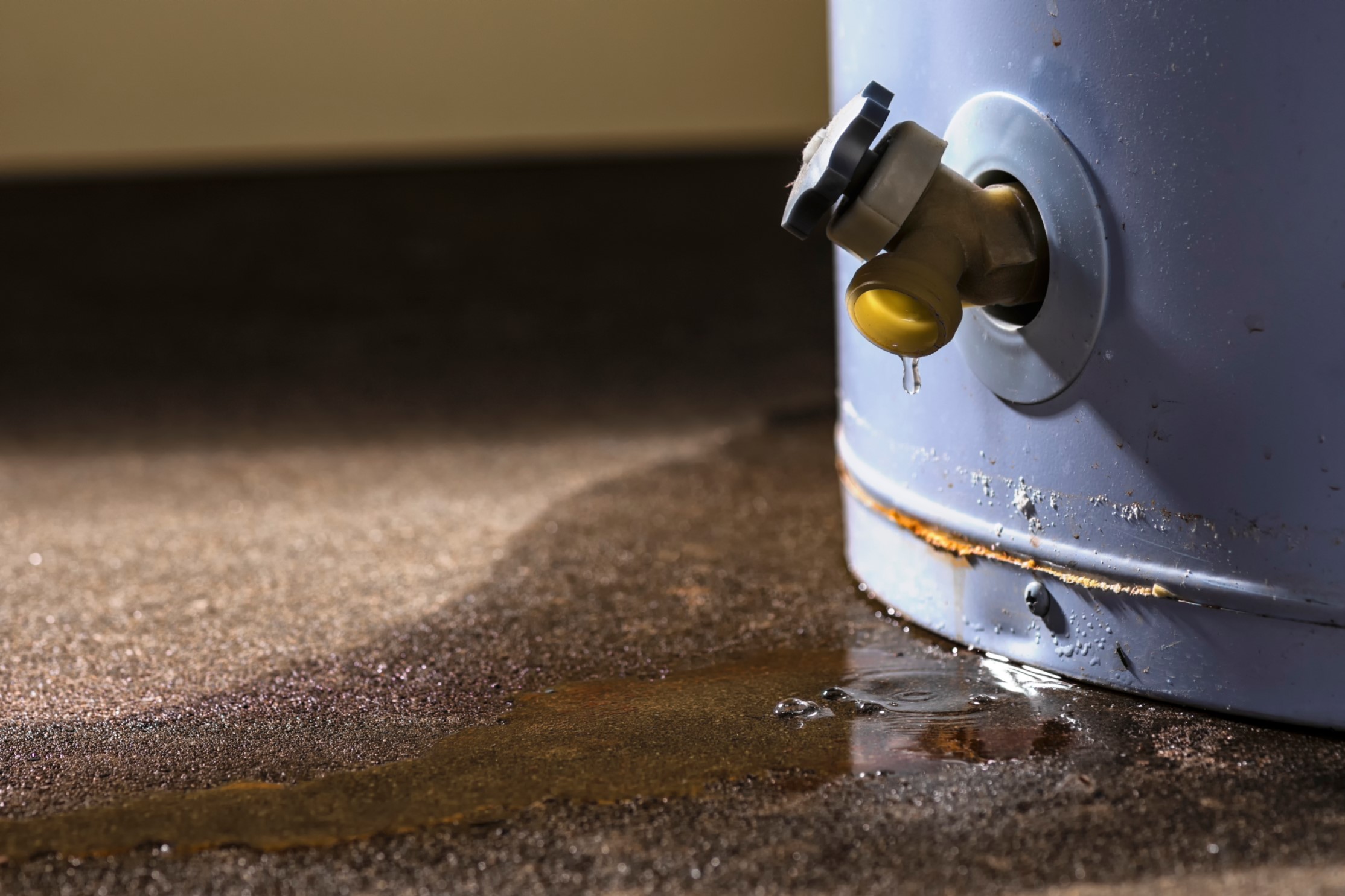The content down the page pertaining to Water Heater Maintenance Tips You Can't Afford to Forget is pretty much enlightening. You should look it over.

Warm water is important for day-to-day comfort, whether it's for a revitalizing shower or washing meals. To ensure your hot water system runs successfully and lasts much longer, regular upkeep is key. This post provides useful pointers and insights on just how to keep your home's hot water system to prevent disruptions and expensive repairs.
Introduction
Keeping your home's hot water system might seem challenging, but with a couple of simple steps, you can guarantee it runs smoothly for years to find. This overview covers everything from understanding your warm water system to do it yourself maintenance suggestions and understanding when to call expert aid.
Value of Keeping Your Hot Water System
Regular maintenance not only prolongs the life-span of your warm water system but likewise guarantees it runs efficiently. Overlooking upkeep can lead to reduced effectiveness, greater power costs, and even premature failing of the system.
Indicators Your Hot Water System Demands Maintenance
Recognizing when your warm water system needs interest can prevent major problems. Keep an eye out for indications such as irregular water temperature level, strange sounds from the heating system, or corroded water.
Recognizing Your Warm Water System
Before diving into maintenance jobs, it's valuable to recognize the standard parts of your hot water system. Commonly, this consists of the water heater itself, pipelines, anode rods, and temperature controls.
Regular Monthly Maintenance Tasks
Regular monthly checks can help catch minor issues before they escalate.
Flushing the Hot Water Heater
Purging your hot water heater removes sediment buildup, improving efficiency and prolonging its life.
Checking and Changing Anode Rods
Anode poles stop deterioration inside the container. Checking and changing them when worn is vital.
Checking and Changing Temperature Settings
Adjusting the temperature level setups guarantees optimal performance and safety and security.
Do It Yourself Tips for Upkeep
You can execute numerous upkeep tasks yourself to maintain your warm water system in leading condition.
Checking for Leaks
Regularly examine pipelines and connections for leakages, as these can cause water damage and greater costs.
Evaluating Pressure Alleviation Valves
Examining the stress relief valve ensures it functions properly and protects against excessive stress build-up.
Insulating Pipelines
Shielding warm water pipelines reduces warmth loss and can conserve energy.
When to Call a Professional
While DIY maintenance is useful, some problems require specialist proficiency.
Facility Problems Requiring Specialist Assistance
Examples include significant leaks, electrical issues, or if your water heater is continually underperforming.
Routine Specialist Maintenance Advantages
Professional upkeep can include comprehensive evaluations, tune-ups, and guaranteeing compliance with safety and security criteria.
Final thought
Normal maintenance of your home's hot water system is necessary for effectiveness, longevity, and price financial savings. By adhering to these tips and knowing when to seek specialist help, you can make sure a trusted supply of warm water without unexpected disturbances.
How to Maintain an Instant Hot Water Heater
Before tinkering with your hot water heater, make sure that it’s not powered on. You also have to turn off the main circuit breaker and shut off the main gas line to prevent accidents. Also turn off the water valves connected to your unit to prevent water from flowing into and out of the appliance. 2. When you’re done, you have to detach the purge valves’ caps. These look like the letter “T” and are situated on either side of the water valves. Doing so will release any pressure that has accumulated inside the valves while at the same time avoid hot water from shooting out and burning your skin. 3. When the purge valves’ caps are removed, you have to connect your hosing lines to the valves. Your unit should have come with three hoses but if it didn’t, you can purchase these things from any hardware or home repair shops. You can also get them from retail stores that sell water heating systems. Read the user’s manual and follow it to complete this task properly. When the hosing lines are connected, open the purge port’s valves. 4. You should never use harsh chemical cleaners or solutions when cleaning your unit. Make use of white vinegar instead. It should be undiluted and you’ll probably use about 2 gallons. 5. Now flush your water heater. This task should probably take about 40 minutes. We can’t give you specific directions for this because the procedure is carried out depending on the type, model and brand of your heater. With that being said, refer to the user’s manual. 6. When you’re done draining the unit, you have to turn off the purge port valves again. Remove the hosing lines that you earlier installed on each of the water valves. Put the valve caps (purge port) back in their respective places and be very careful so as not to damage the rubber discs that are found inside these caps. 7. Now that everything’s back in place, check your user’s manual again to find out how to reactivate your water heating system. 8. Once it is working, turn one of your hot water faucets on just to let air pass through the heater’s water supply pipes. Leave the tap on until water flows smoothly out of it. https://www.orrplumbing.com/blog/2014/september/how-to-maintain-an-instant-hot-water-heater/

We had been made aware of that report about Tips For Maintaining Your Hot Water Heater through a buddy on our other site. Loved our blog posting? Please share it. Help others find it. I treasure reading our article about Water Heater Maintenance Tips You Can't Afford to Forget.
Get Estimate
 Rick Moranis Then & Now!
Rick Moranis Then & Now! Soleil Moon Frye Then & Now!
Soleil Moon Frye Then & Now! Lisa Whelchel Then & Now!
Lisa Whelchel Then & Now! Brooke Shields Then & Now!
Brooke Shields Then & Now! Bill Murray Then & Now!
Bill Murray Then & Now!